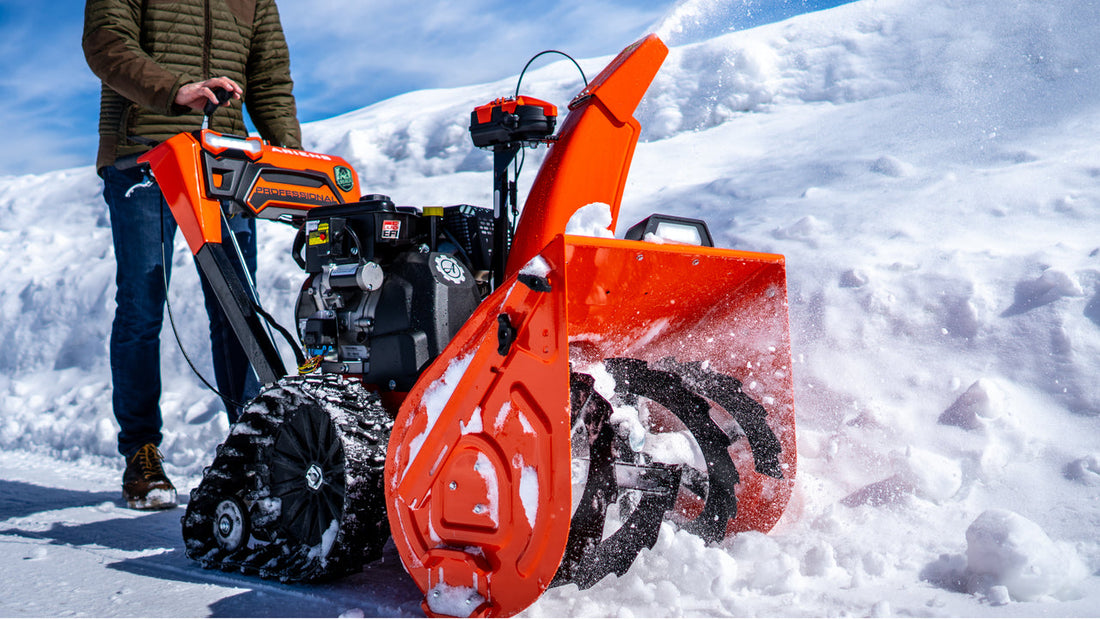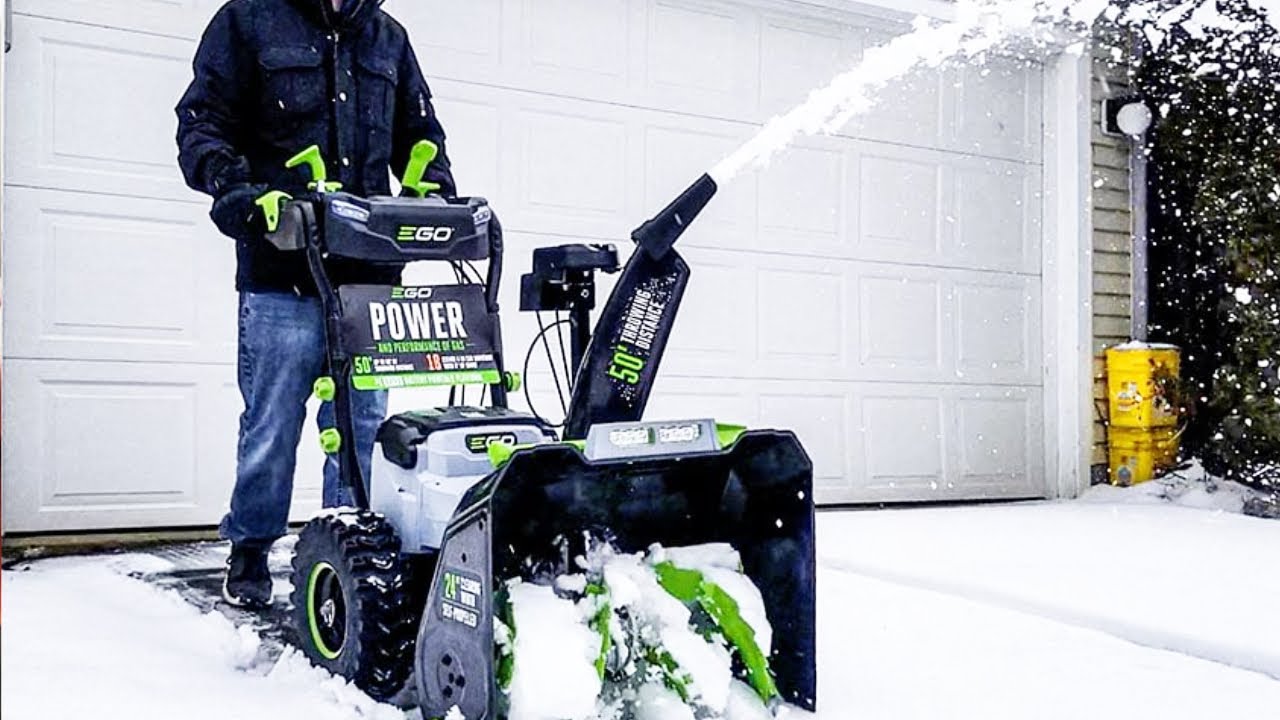
Tips for Keeping Equipment Working During Winter
Cold Weather Tips for Maintaining Outdoor Power Equipment
Cold temperatures put extra strain on all machinery, especially outdoor power equipment. To ensure your gear keeps running smoothly during the frigid winter months, it’s important to take some proactive steps. Here’s one essential tip to keep your equipment performing at its best when the mercury drops:
#1 Rule: Always Warm Up Your Equipment Before Use!

The Importance of Warming Up Snow Removal Equipment in Cold Weather
Properly warming up your snow removal equipment before use is always a good practice, regardless of the temperature. However, in cold climates like Alberta, it becomes essential. Cold weather affects fluids, causing them to behave differently than they would in warmer months, which is why taking the time to warm up your equipment is critical during winter.
Why Warming Up Matters:
When temperatures drop, engine oils and hydraulic fluids thicken, which can increase the risk of component failure as they circulate through the system’s hoses. It’s important to allow your engine oil to reach the proper operating temperature before you start working. Colder, thicker oil can lead to issues like blown gaskets and other engine problems due to poor circulation. Warming up your machine ensures that these fluids flow smoothly and your equipment operates efficiently.
Backpack Blowers: A Cold Weather Necessity
Even with backpack blowers, warming up before use is essential. Since most brands aren't specifically designed for the extreme cold of Alberta winters, taking a few extra minutes to let the engine warm up will help prevent unnecessary strain. Backpack blowers are excellent for clearing light, fluffy snow, but proper handling and pre-warming are key to ensuring optimal performance in freezing conditions.
STIHL’s Winter Mode for Backpack Blowers
STIHL has addressed cold weather challenges by introducing a "winter mode" switch in their blowers. Located in the air filter box, the winter mode allows the engine to pull in warm air from the engine itself, instead of drawing in cold air from the outside. This helps keep the carburetor and intake warm, improving the blower’s performance in frigid temperatures.
However, always remember to switch back to summer mode when temperatures rise. If you leave the deflector open during warmer months, it can cause the engine to overheat, leading to potential damage in the spring.

Battery-Powered Equipment: Keep It Warm for Peak Performance
Cold temperatures can be tough on batteries, plain and simple. While brands like TORO and EGO offer excellent battery-powered snow equipment that can handle winter conditions, there are still limitations—especially when temperatures dip below -30°C. To get the best performance from your battery-operated outdoor equipment, it's essential to practice proper pre-maintenance and storage techniques.
Best Practices for Extending Battery Life in Cold Weather:
-
Store Batteries Indoors:
The simplest and most effective way to preserve your battery life is by keeping your batteries inside—preferably in a warmer environment like your home or office. Most manufacturers recommend storing batteries in temperatures above freezing (0°C) to prevent damage. -
Store Equipment in a Heated Area:
While you can store your equipment in a garage, it's best if that space is heated, especially for longer-term storage. If you’re using handheld equipment, it’s ideal to store it inside as well. -
Check Batteries Before Cold Weather Hits:
Test your batteries before the temperatures drop too low. It's also a good idea to inspect the battery terminals and connections to make sure they're clean, secure, and free of corrosion. If your battery is more than five years old, consider replacing it before the cold sets in—this will help ensure your equipment runs smoothly when you need it most. -
Protect Lithium-Ion Batteries:
Lithium-ion batteries are particularly susceptible to cold weather. Low temperatures increase the internal resistance of the battery, which can lead to reduced capacity and difficulty retaining a charge. Protecting your batteries from the cold will help prevent rapid deterioration and extend their useful life.
By following these tips, you'll maximize your battery-powered equipment’s performance and ensure it's ready to tackle the toughest winter tasks.

Cold Weather Equipment Tips
Our top advice: Stay ahead of the cold by being prepared before the frigid weather sets in! If you’re uncertain about the proper care for your specific equipment, always refer to the owner’s manual for guidance. Don’t have the manual? No problem—most manufacturers offer them online.
Still unsure? Feel free to reach out to us! Bring your equipment in, or contact our knowledgeable service team for expert advice. We’re here to help you keep things running smoothly through the winter. Stay warm, stay smart, and before you know it, spring will be here!
For assistance, contact us at:
service@abforest.com or 403-248-0878
Hours
Saturday: 10am to 3pm
Sunday: Closed
Statuary Holidays: Closed on long weekends











